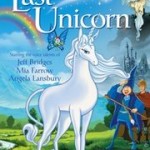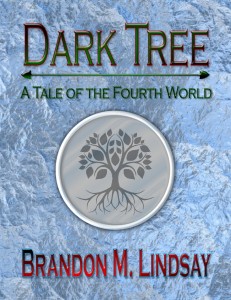I remember from a non-fiction writing class I took in college that the three most important things to consider when writing any non-fiction piece are: clarity, clarity, and clarity. While the purposes of non-fiction and fiction are different-non-fiction is primarily informative, and fiction is primarily artistic-I think we as fiction writers can take a note from our non-fiction comrades.
I recently read a fantasy novel from a few decades ago-a classic by many standards-and although I enjoyed it, I found that the author’s use of metaphor and simile to be ridiculous. His books are almost universally lauded, and whenever anyone finds fault with his books, they don’t mention this aspect of them.
He isn’t the only author like this that I’ve read. There have been a few. Not a lot, but what disturbs me is how writing like this is oftentimes (most often by the literary fiction crowd; sorry, literary fiction crowd) considered to be profound. Worse is when a new author sees it and wants to emulate it with no idea what it is or what effect it will have. Perhaps in capable hands this profundity is achieved sometimes, but I think that more often it achieves the opposite of what a metaphor is designed to do, which is to clarify a concept.
A demonstration is in order. Instead of using an example from the book I read and risking the alienation of this author’s legion of fans, I’m going to create a somewhat hyperbolic example of what I mean: Tears scrambled down his face like alligators. There is very little in common with the concept of tears and those of scrambling and alligators. The image that comes to my mind when I read this is not that of someone crying, but someone whose face is being ravaged by tiny reptiles. Perhaps there is some very distant parallel that can be drawn between these two images, but more likely is that in the mind of the reader they are going to exist in conflict.
Hopefully your experience was different, but all the formal writing education I had encouraged this sort of free-association tomfoolery. I think the reason for this is that the denotative (cognitive) aspects of metaphor and simile are often actively ignored while the connotative (aesthetic) aspects are given full sovereignty. Which is fine if you only plan on writing the literary equivalent of inkblots, but for those of us writing about characters taking actions in places, such a limited approach will not suffice.
Consider another example, that of a bloody sunset. Although maybe a bit trite, it can be effective from both a denotative and a connotative perspective, depending, of course, on the context in which it’s used. Sunsets can be red like blood, and the colors seem to ooze as if bleeding from a wound, so it paints a mental picture that actually describes this particular sunset as against other sunsets. By calling it bloody, the concept of this sunset is concretized and thus clarified, as opposed to a vague abstraction, or, as in the case above, a mishmash of conflicting concretes that no rational mind can grasp.
Also, it did so without sacrificing the connotative aspect of the metaphor; indeed, the metaphor imbued the image of the sunset with a sense of violent finality, and would serve well as a setting element for, say, the aftermath of a battle. I think the reason this particular metaphor is so commonly used is because it is effective at capturing both the connotative and denotative elements of an image that resonates with so many of us.
Yes, we fiction writers are artists. But we are also communicators. Even if all we are communicating is the products of our imagination, I think it is important that we never lose sight of that.





